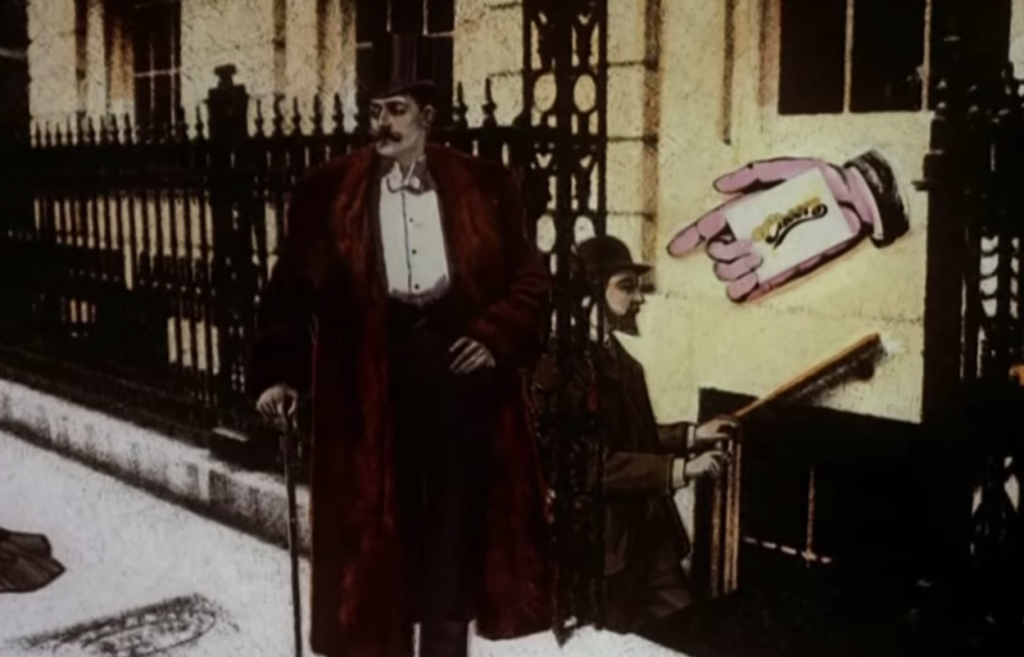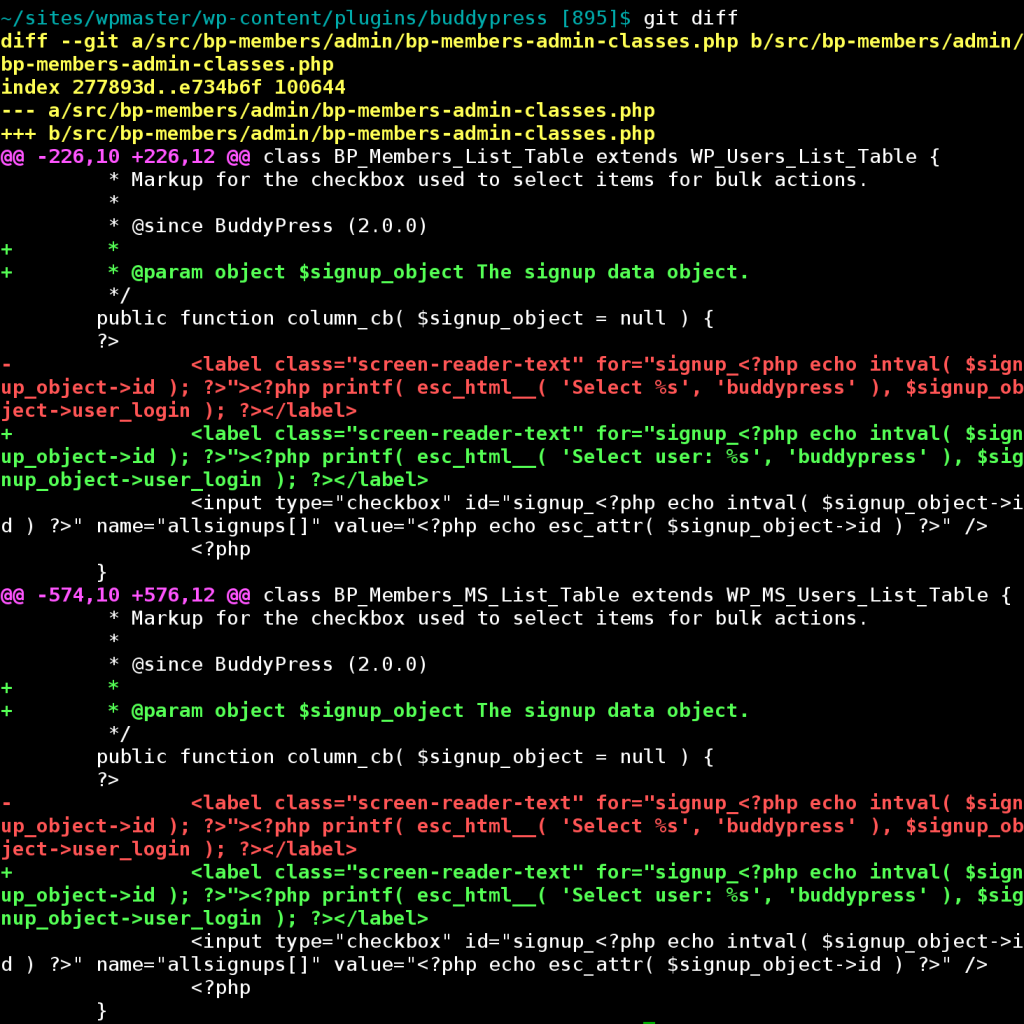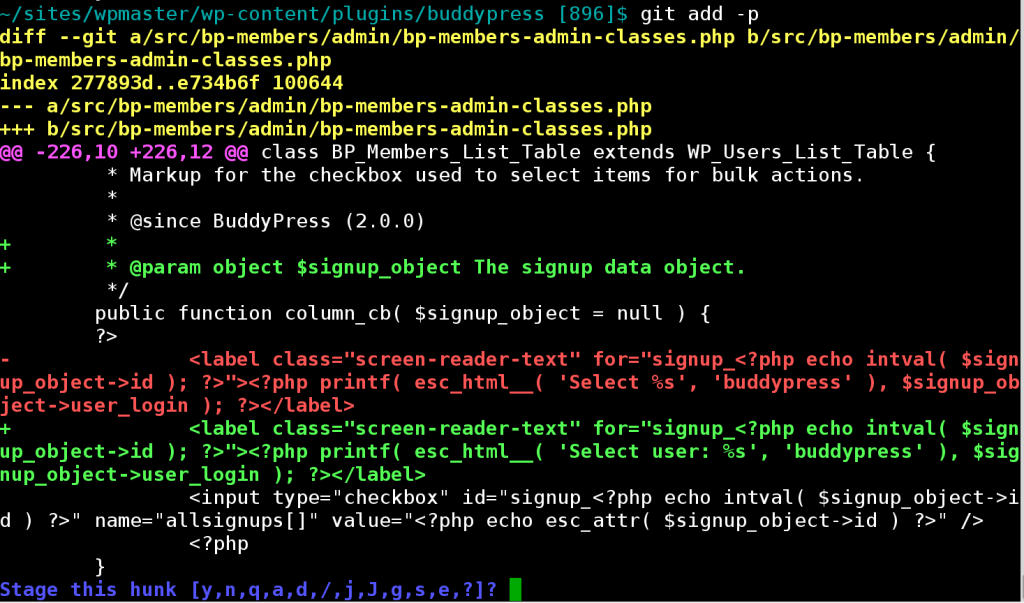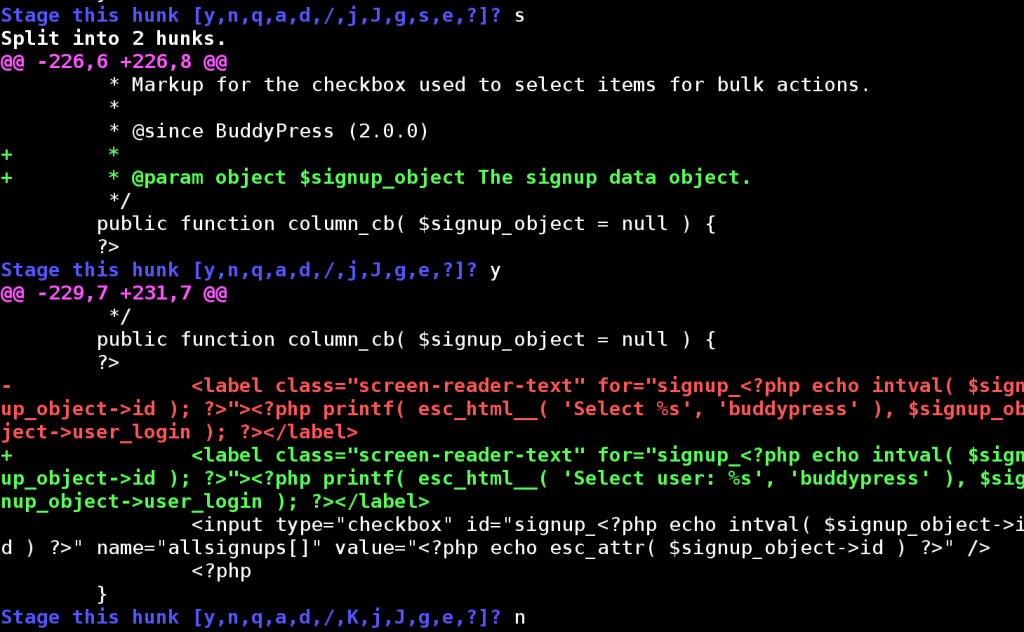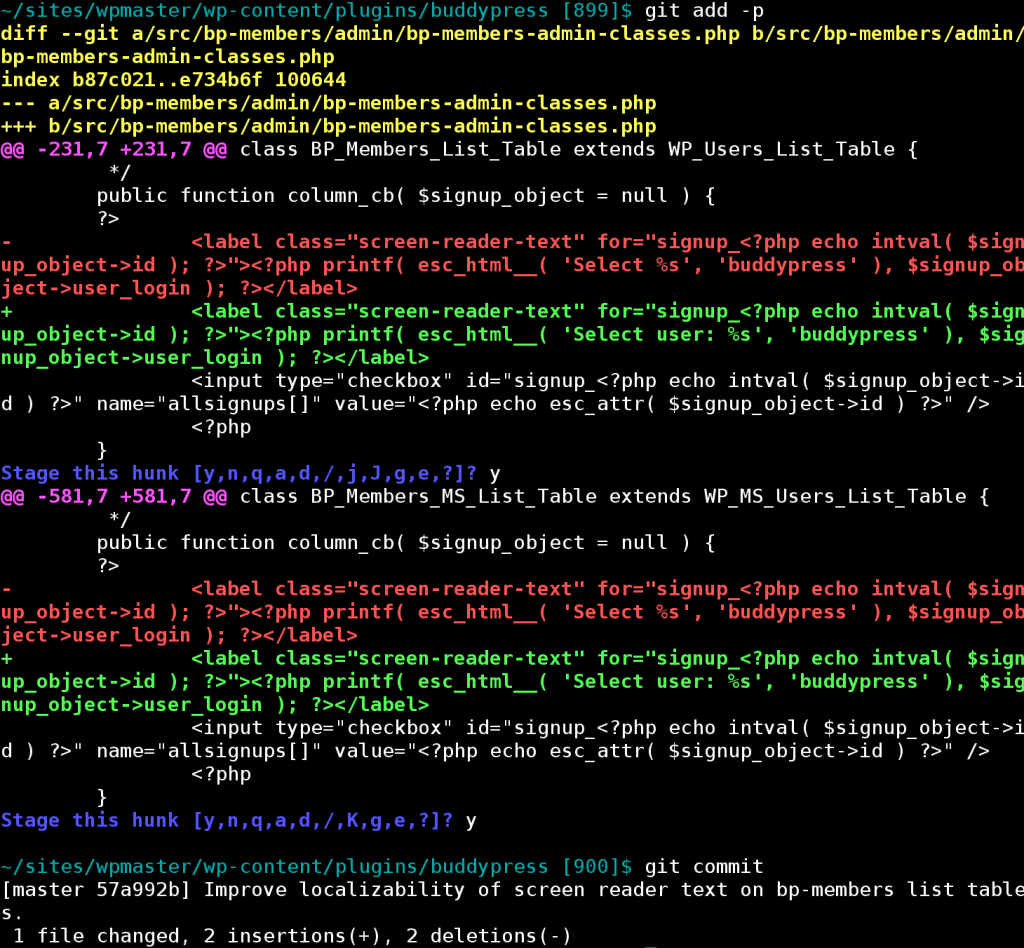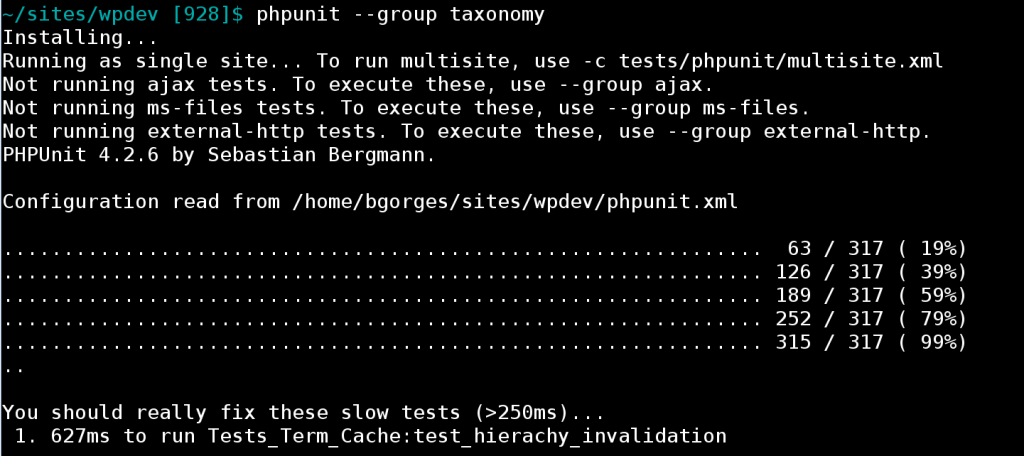At the beginning of the 4.2 dev cycle, I was made a permanent committer for WordPress. (Cool!) Here’s how Andrew Nacin summed up the promotion:
Any maintainer of a large free software project will recognize the aptness of the “suckers” comment. I’ve spent more than five years as a leader on the BuddyPress project, and during that time I’ve developed a devotion to that project that sometimes feels like more like servitude than volunteerism. I feel a personal responsibility to the users of BuddyPress, which manifests itself as a pang of guilt about every bug, every missing feature, every unsatisfied customer. This guilt is part (not all, but not an insignificant portion) of what keeps me committed to the project. The same guilt sometimes makes me feel like a sucker.
With BuddyPress, the “sucker” aspects have been consistently counterbalanced by (a) the belief that my work is having a broad positive impact, and (b) the positive effect that contribution has on my reputation and my marketability. Point (b) is one that I’ve blathered on about on multiple occasions. My ability to make money as a consultant is directly tied to the reputation that I’ve earned doing free software work.
Since I started investing lots of energy into WordPress itself about nine months ago, I’ve been forced to reassess the “reputation cycle” somewhat. WordPress powers tens of millions of sites, as compared to BuddyPress’s tens of thousands. By this metric, the free software work I’ve done since September has had a far wider impact than any work before then.
You’d think that this increased impact would translate directly into a corresponding increase in reputation. Yet it hasn’t, at least not if you measure reputation by job offers. This time last year, I was turning away probably three or four freelance gigs per week, and probably one or two full-time jobs per month. I don’t get a fifth of that amount today.
This is not to complain – I am doing just fine, thankyouverymuch. But it’s worth thinking about the possible reasons why increased impact and productivity don’t always translate to more work. I think there are two big ones.
First: The further down you get in the technology stack, the more it feels like plumbing. I’ve built a number of major user-facing features for BuddyPress over the years, the kind of things someone might point to and say, “Boone built that”. My work on WordPress has been a lot less visible, and thus a lot harder to brag about. This is the truth in Nacin’s “suckers” comment. No one praises the plumber when the toilet flushes properly, but boy do people complain when it does not.
Second: I joined the WP core team around the time I stopped using Twitter. The time I used to waste looking at Twitter is time I now sink into doing meaningful work on projects like WordPress, which is to say that I’m more productive now than I used to be. But I’m talking less, and talking less about myself. If the Boone brand is in decline, it’s a publicity problem, not a quality problem. This is another side of the “sucker” coin: the greater the percentage of your time you devote to being productive, the less time you have to talk about how productive you are.







